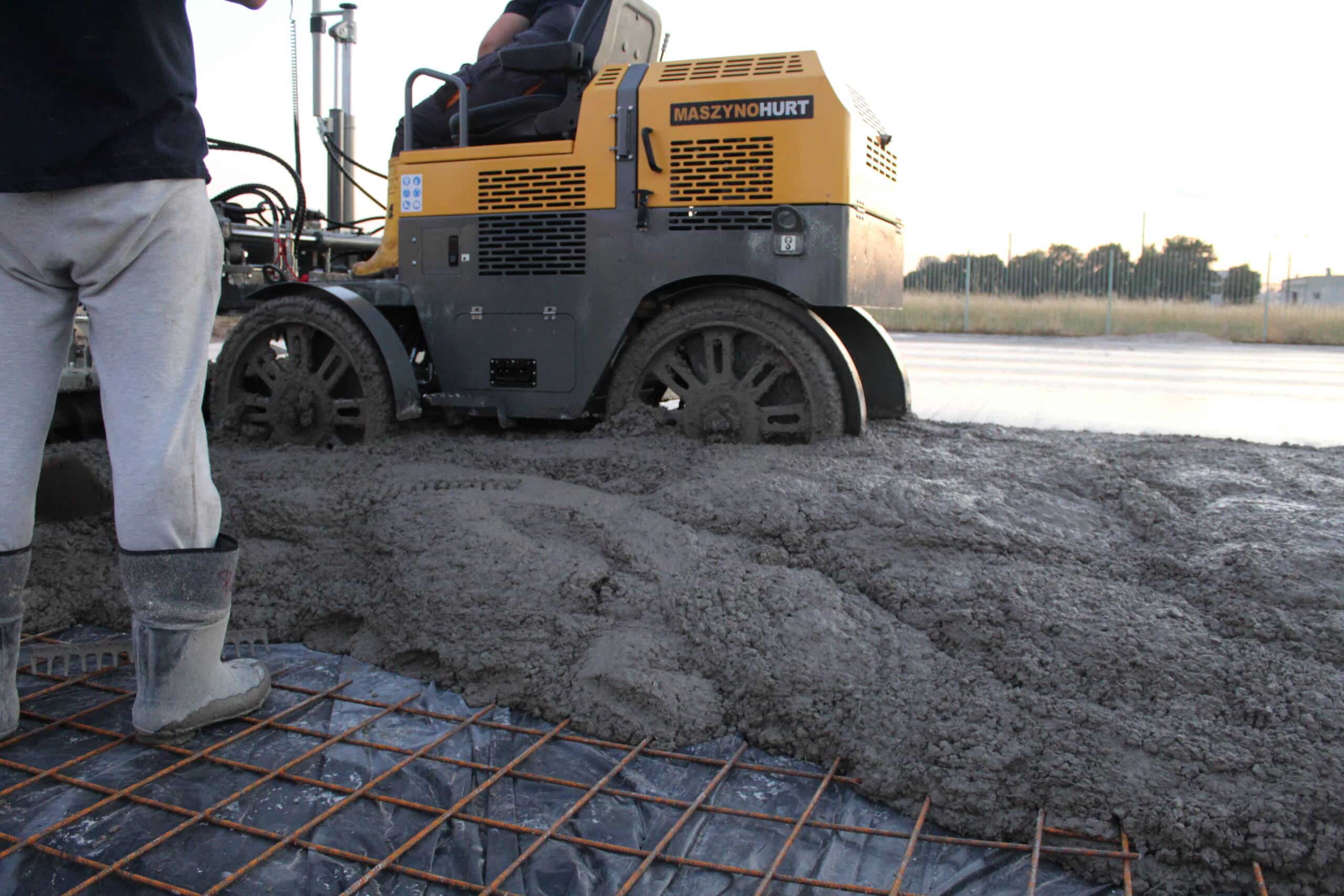
A stable and durable floor is essential to ensure normal functioning in a space. In a warehouse or production hall, in a factory, workshop, garage or driveway – wherever you go, you want to feel stable and safe, with a guarantee that the floor will withstand the planned loads and will not degrade prematurely. Such a guarantee is provided by a properly prepared concrete floor, which you can make yourself. If you are a novice contractor, or if you want to try to make a concrete floor in your area without having to incur the additional cost of hiring professionals, get down to work on your own. For this you will need the necessary theoretical knowledge and top-quality professional products – you will find information on how to make a concrete floor in this article. Check them out!
Where are concrete floors used?
Resistance to intensive use, many years of durability, resistance to low and high temperatures, favorable thermal properties or simplicity of use – all this makes concrete floors very popular. Their use is very wide and includes indoor and outdoor spaces. Residents of single-family houses and garage users, as well as owners of businesses, workshops, even poultry houses or processing plants, and – in the main – production plants and warehouse halls decide to pour this type of floor.
The versatile use of concrete screed is evidenced by the fact that it is successfully used in interiors of all types, including those in frequent contact with moisture. This is, of course, due to the aforementioned resistance of the material to external influences. Also, the design of the concrete floor is universal, and the possibility of applying a hardener in almost any color, not necessarily gray, makes it easier to match the floor with the overall project, so you can decide to pour it in rooms finished in any style.
Concrete screed – how to make it?
The first step should be the proper preparation of the substrate for the resulting concrete floor. This is a very important, if not the most important, part of the work, so it should be carried out precisely and keeping in mind certain guidelines. What are they?
The surface for pouring concrete should be:
- clean,
- dry,
- smooth and free of bumps and scratches.
How the substrate is made depends on the conditions and location of the installation. Operations in small enclosed spaces are different from those in large outdoor areas. Methods and techniques for preparing the surface for the screed in different locations are also different.
How to seal and waterproof the substrate for the screed?
The presence of all kinds of cracks, fissures, holes and other deformations in the substrate on which concrete is poured is highly undesirable, so they must be removed for optimal results. How? Preferably by using mortars designed for this purpose.
The floor should also be isolated from the ground, which provides insulation against low temperatures and moisture and improves the energy efficiency of the room. Regardless of external conditions when pouring a concrete floor, care should be taken to insulate against low temperatures, water and sound transmission. Styrofoam, PUR foam or special PE films are used for this. They are necessary for the concrete to function and act as a slip layer (applies to floors with a minimum thickness of 12 mm). Thermal, moisture and acoustic tightness positively affects the comfort and cost of using a given space. Such a result is achieved precisely by laying a special film that separates the concrete from the original substrate.
At the stage of preparing the substrate, reinforcement (unnecessary when the floor is higher than 3.5-4 cm) is also performed with mesh or through fibers for concrete. We offer the best quality polypropylene fibers, polymer fibers, as well as traditionally steel fibers. In addition, it should be remembered that to ensure the best stability and strength of the surface, expansion joints are needed.
External conditions
External conditions are of great importance for the effects of the implemented activities. It is important to limit air ventilation as much as possible where concrete floor pouring takes place because of the risk of deformation. Intense sunlight can have similar effects, so these must also be avoided. A properly prepared substrate for the screed should dry evenly at a temperature between 5-25 °C.
Preparing the screed
Depending on your individual needs and requirements, you can prepare the mass yourself for pouring the floor or use mixtures for use with water. When choosing products for quick preparation, pay attention to their application, as different mixes may be suitable for different conditions and spaces. On the other hand, if you are making your own concrete for a screed, remember that it should have a densely plastic texture. To improve its properties, plasticizers can also be added to increase the strength of concrete surfaces. Concrete for industrial purposes should be of at least C20/25 flooring grade, recommended especially for parking garages without temperatures below 0°C. However, the recommended class of concrete, which is optimal for a surface-cured floor, is C25/30.
How thick should the screed be? It is assumed that its minimum height is about 5 cm on average. And if underfloor heating has been used in the property, the floor should be raised no less than 4 cm above the pipes supplying heat. Most importantly, it is necessary to ensure the smoothness of the surface – bulges and irregularities reduce its quality. What can be done to meet this condition?
Levelling of concrete floor
To answer your question: use a level and a leveler. The first of these tools is used to measure angles, which allows you to check the flatness of the pavement, while the leveler is used with a view to leveling it. The final stage of the work is troweling the screed with a concrete sprinkler, which should be carried out when it begins to sink to a depth of about 5 mm under human weight. We apply, depending on the method, from 2 to 3.5 kg of hardener per square meter, and then trowel,with a disc until a uniformly smooth surface is obtained. In this way, the physical properties of the concrete can also be improved, making the floor more resistant to dust, abrasion and impact. But, importantly, even the best-made floor still requires additional protection and maintenance work.
Expansion joints and filling of expansion joints
Expansion joints are made with foam tape in such a way that a certain gap remains between the poured mass and the walls, which prevents later micro-cracks and material stress. A variety of materials for expansion joints (including polypropylene expansion cord with diameters adapted to the width of the joints, a primer helpful especially with chalky and inconsistent substrates, or professional expansion putty Dylatan in black, gray and white) are available from us at attractive prices. In turn, the effectiveness of the floor’s adhesion to the surface can be improved by priming it, which also reduces the risk of leaks.
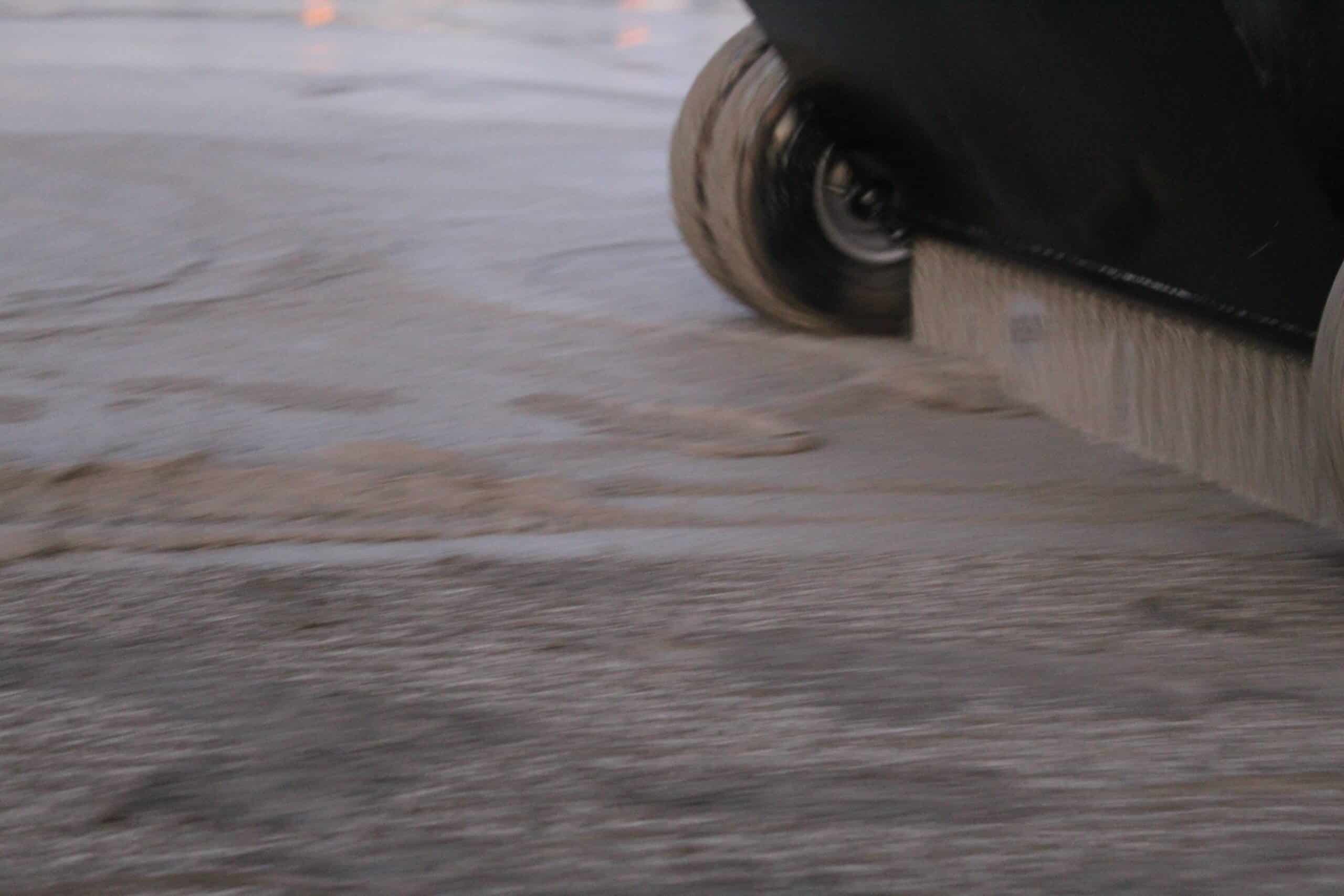
How to protect a finished concrete floor?
There are several methods used to protect the screed from deterioration that extend its life.
Epoxy resin
Another way to improve the properties of the screed and preserve them for a long time is to use epoxy resin, which shows very good resistance to mechanical damage. Thanks to it, the concrete pavement becomes more resistant to compression, impact, abrasion, exposure to moisture or chemicals.
Similar in action to epoxy resins are special acrylic-silicone preparations for floors, which are applied by brush, roller or machine by spraying. Just such impregnates for concrete you will find in our offer! Check out our impregnates for concrete now!
Impregnation
On the finally trowelled, fresh concrete surface we apply a care product using a spray or roller. However, it should be borne in mind that the newly made floor dries rapidly, resulting in, among other things, the formation of micro-scratches or discoloration. If the area is particularly exposed to drying out due to high temperatures or drafts, it is recommended to cover the surface with a foil or geotextile after the preparation has dried.
If our floor is to have elevated properties, it is worth using silicate-based preparations and concrete hardener with alumina. The surface should be treated by covering the floor with a film for about a week. Then remove the film and wait about 3 days for the surface to dry after which apply the silicate using a flat rectangular mop and after a while carefully remove the excess product.
Cleaning and care of the floor
Even the most professional flooring, made with high-end materials, can degrade prematurely as a result of inadequate or lack of care. Therefore, it is important to keep in mind the appropriate cleaning and maintenance methods, adapted to their type and overall condition. Concrete floors and floors can be cleaned both by machine and by hand. The choice of the appropriate method of cleaning the floor depends on its surface, degree of dirt and wear (number of scratches, minor damage, etc.).
The correct effect of maintenance and care of cured concrete and resin floors consists of several basic elements; they are equally important and equally decisive for the quality of cleaning. The factors that determine the quality of cleaning are:
- proper design of entry zones
It should be borne in mind that 70% of dirt is brought into the premises on the shoes of people entering the premises and by various types of transport equipment (means of transport should be equipped with non-marking tires). A proper system of mats and doormats ensures that the amount of hard dirt is minimized, which, when used mechanically, destroys the surface, as various metal particles, sand, etc. are ground on the floor surface. - proper cleaning equipment
Cleaning equipment should be technically sound, clean and properly sized for the cleaning area. - professional chemical preparations optimal for the substrate
Only professional chemical preparations guarantee that the cleanliness of the facility is maintained at a high level. Preparations should be optimally selected for individual spheres of cleaning, properly dosed and used in accordance with the recommended technology. - knowledge, skills and commitment of cleaning staff
Cleaning personnel should be trained in safety in cleaning processes, the use of professional chemical preparations and the proper use of cleaning equipment.
Surface-cured and impregnated concrete industrial floors have improved strength parameters. They are hardly absorbent and dust-free. Floors protected with impregnates are not resistant to all chemicals. Acid-based agents and salt and salt solutions should not be used to wash the above-mentioned types of floors. Alkaline agents with pH > 7.0 – 9.0 should be used. It is important to follow the principle of short exposure time of chemicals on the surface of the floors. The types of floors shown should be washed (maintained) with chemical preparations no earlier than 21 days (28 days in winter) after their execution. During the maturation period, the floor should only be swept (vacuumed) or washed with clean water.
Any wet cleaning of the floor should be preceded by sweeping or vacuuming to remove sand, dust and other fine dirt from the floor, which causes mechanical damage to the floor. During wet cleaning of a surface-cured floor, a fine network of cracks (spider web) may be visible on the surface. This is a phenomenon that often occurs on mechanically trowelled floors, but it does not reduce the usability and mechanical qualities of the floor.
In order to maintain the highest possible standard of the completed concrete floor and minimize the risk of its premature degradation, we suggest using appropriate cleaning and care products:
- Si-Clean – preparation for daily cleaning and care of floors
- Si-Wax – ready-to-use polymer paste for floors
- Si-Active Concrete Clean – Alkaline remover for removing heavy dirt for concrete floors
Pouring a concrete floor yourself – a feasible but not easy task
As you can see, the preparation of the concrete substrate on your own is possible, but due to its complex nature and multi-stage nature, it should be considered a difficult task that requires knowledge and the right approach. We hope that the information provided in this article will prove useful and will help you carry out the work in such a way that the results will meet the initial requirements.
In addition to doing things correctly, you also need to remember to use high-quality materials, and you can find such in our offer. It’s also worth checking out the resin floors available, which can be a competitive choice against poured concrete surfaces.
-
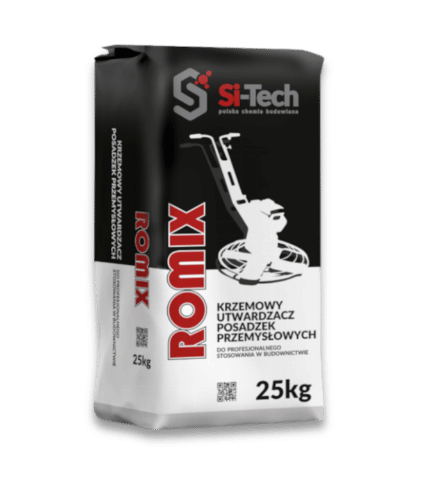 Silicon hardening topping Romix
Silicon hardening topping Romix
-
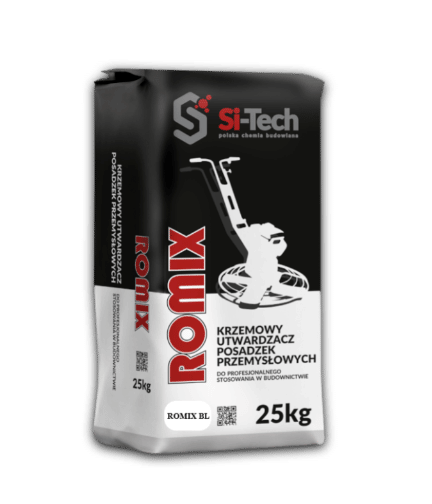 Silicon corundum hardener for concrete Romix BL
Silicon corundum hardener for concrete Romix BL
-
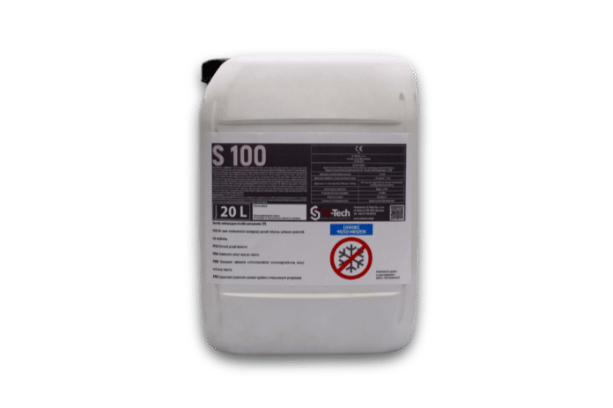 Bonding layer S100
Bonding layer S100
-
 Concrete impregnate P100
Concrete impregnate P100
-
 Concrete impregnate P200
Concrete impregnate P200
-
 Concrete impregnate P300
Concrete impregnate P300
-
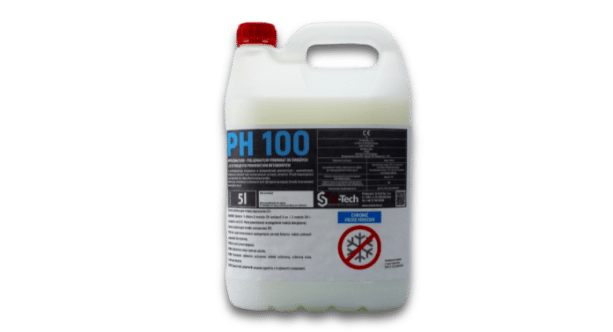 Concrete impregnate PH100
Concrete impregnate PH100
-
 Concrete impregnate PHW100
Concrete impregnate PHW100
-
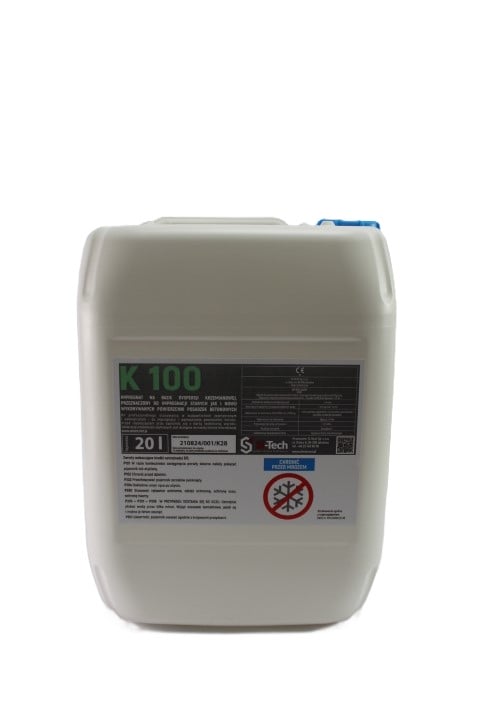 Silicate preparation K100
Silicate preparation K100
-
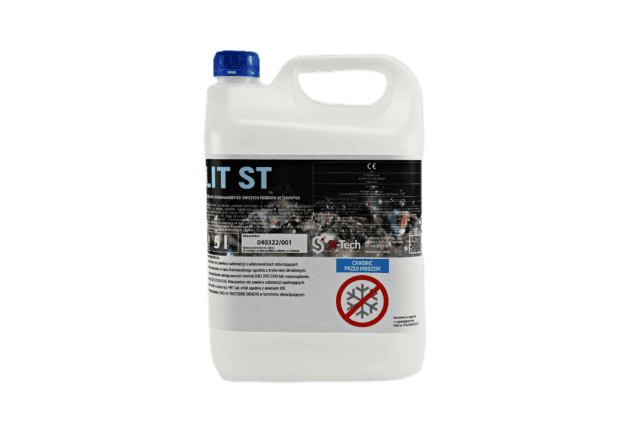 Silicate-based impregnate LIT ST
Silicate-based impregnate LIT ST
-
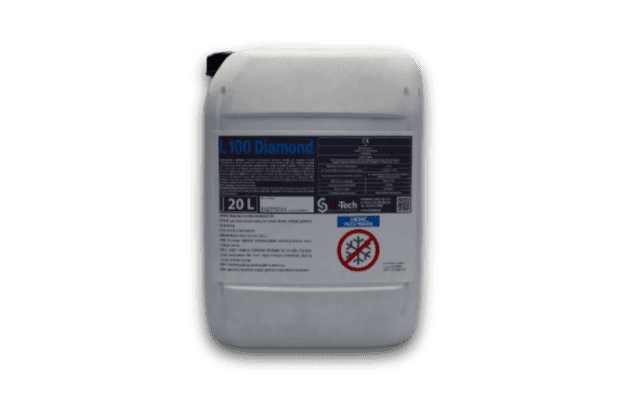 Silicate impregnate L100 Diamond
Silicate impregnate L100 Diamond
-
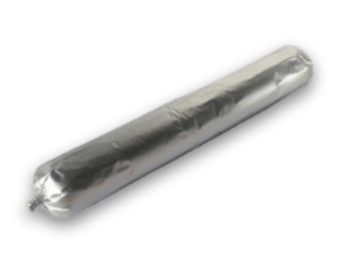 Expansion sealant Dylatan
Expansion sealant Dylatan
-
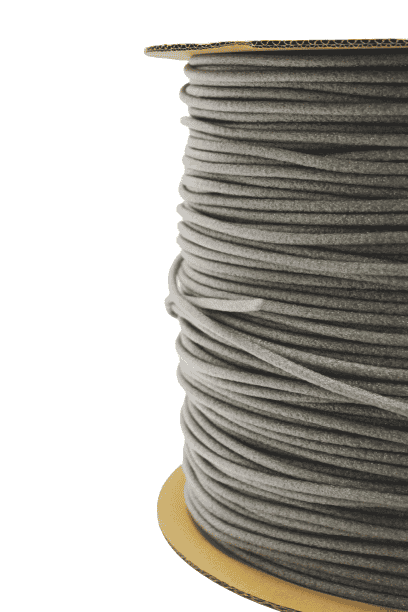 Polypropylene expansion joint cord
Polypropylene expansion joint cord
-
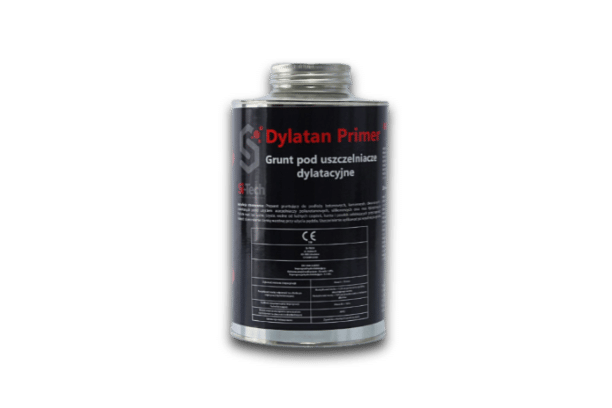 Primer for inconsistent expansion joints Dylatan Primer
Primer for inconsistent expansion joints Dylatan Primer
-
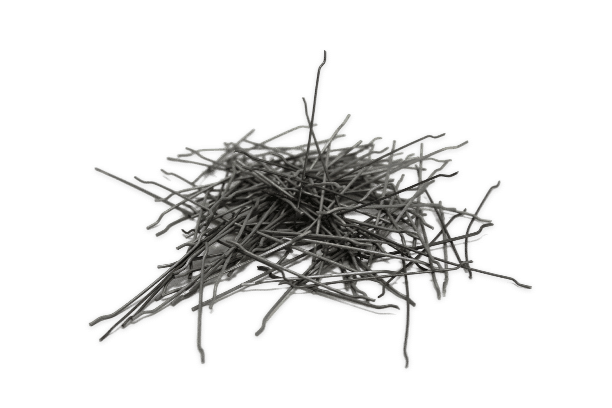 Reinforcing fibers for concrete - steel, polymer, polypropylene
Reinforcing fibers for concrete - steel, polymer, polypropylene
-
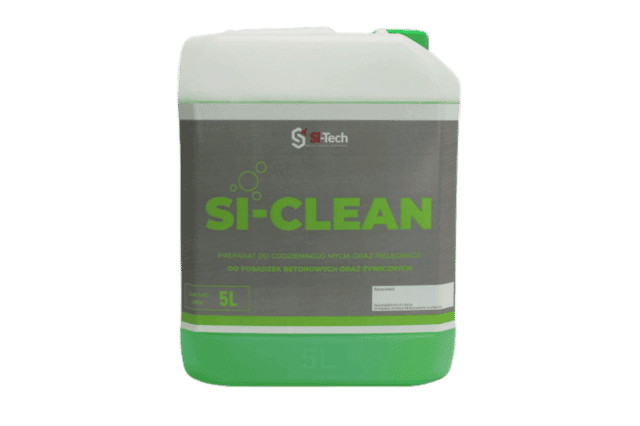 Preparation for daily cleaning of floors Si-Clean
Preparation for daily cleaning of floors Si-Clean
-
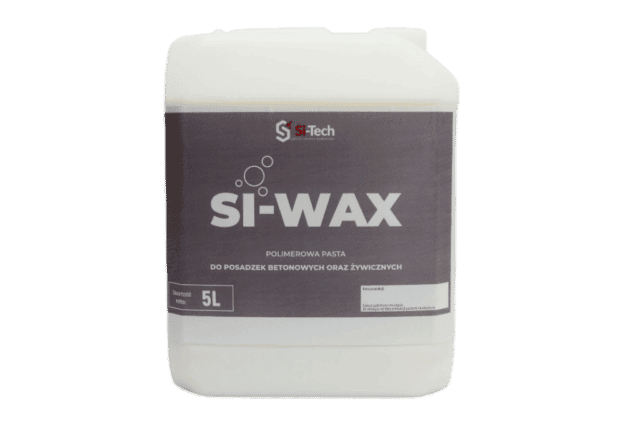 Polymer floor polishing paste Si-Wax
Polymer floor polishing paste Si-Wax
-
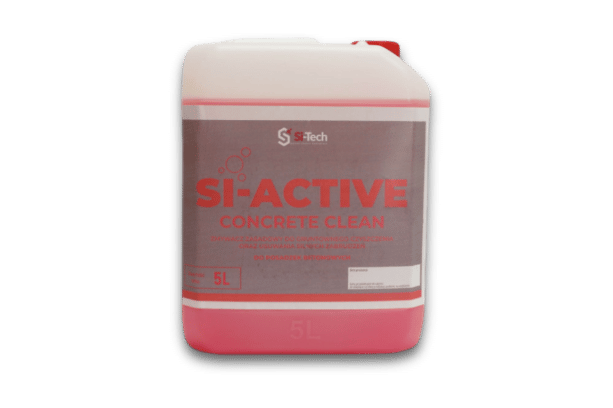 Alkaline remover for concrete floors Si-Active Concrete Clean
Alkaline remover for concrete floors Si-Active Concrete Clean
